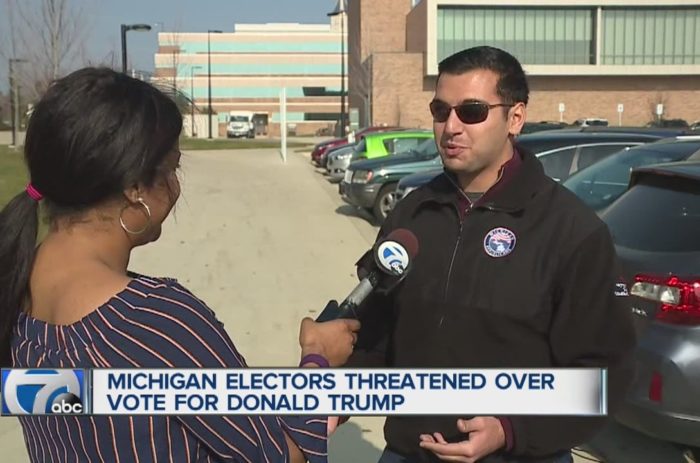The following is an excerpt from OpinionJournal.com’s “Best of the Web” written by the editor, James Taranto.
NOTE: The excerpt below is from the April 12 BOTW archives.
CNN vs. MSM?
We’ve felt a little bad about having failed last week to note this CNN.com story by political producer Shannon Travis:
When it comes to the Tea Party movement, the stereotypes don’t tell the whole story.
Here’s what you often see in the coverage of Tea Party rallies: offensive posters blasting President Obama and Democratic leaders; racist rhetoric spewed from what seems to be a largely white, male audience; and angry protesters rallying around the Constitution.
Case in point: During the health care debate last month, opponents shouted racial slurs at civil rights icon Georgia Rep. John Lewis and one person spit on Missouri Rep. Emanuel Cleaver. The incidents made national headlines, and they provided Tea Party opponents with fodder to question the movement.
But here’s what you don’t often see in the coverage of Tea Party rallies: Patriotic signs professing a love for country; mothers and fathers with their children; African-Americans proudly participating; and senior citizens bopping to a hip-hop rapper.
Travis, who is black, has been traveling to tea-party gatherings, and he reports: “I did get a few curious stares as I pulled up to the rallies. But not because of my skin color. It was because of my car rental: a Volvo.”
His report, which appeared last Wednesday, is flawed in that it fails to acknowledge that the claims of racial slurs are disputed, and that Cleaver himself has acknowledged that the spitting (shown on video here) might not have been intentional. Still, Travis deserves cheers for his forthright acknowledgment of media bias, especially since his own network has been one of the worst offenders.
Is this part of a trend? Here’s another CNN.com story, from Friday:
One year after the ban on photographing war dead returning to the U.S. was lifted, it is rare to see those images in the mainstream media. . . .
Over the past year, 472 of these transfers have occurred at Dover Air Force Base in Delaware, where every casualty is handled by the Air Force Mortuary Affairs Center to prepare the body’s return to families.
Of those 472, about 260–or 55 percent–have been open to media coverage, according to statistics from the Mortuary Affairs office. And over the past year, the media attendance has dropped off to a trickle.
“Those numbers reflect that the interest in covering the story diminishes as the story becomes repetitive,” said Ralph Begleiter, a former network correspondent and now professor of communications at the University of Delaware.
The release of government images of the fallen and the access to the media were the results of a battle waged quietly by Begleiter and the National Security Archives, a research organization at George Washington University that collects and publishes declassified documents obtained through the Freedom of Information Act.
The story’s author, senior Pentagon producer Mike Mount, does not raise the possibility that the media’s loss of interest in images of servicemen’s coffins reflects political bias. To be fair, the point that it is “repetitive” is a reasonable one, and journalists’ bristling at being told they can’t cover an event does not necessarily indicate that they find the event to be newsworthy. Still, Mount’s omission is fairly glaring. So just one cheer to him, and 2½ to Shannon Travis, for their CNN.com media criticism.
For more “Best of the Web” click here and look for the “Best of the Web Today” link in the middle column below “Today’s Columnists.



